The Evolution of Modern Cricket Bats
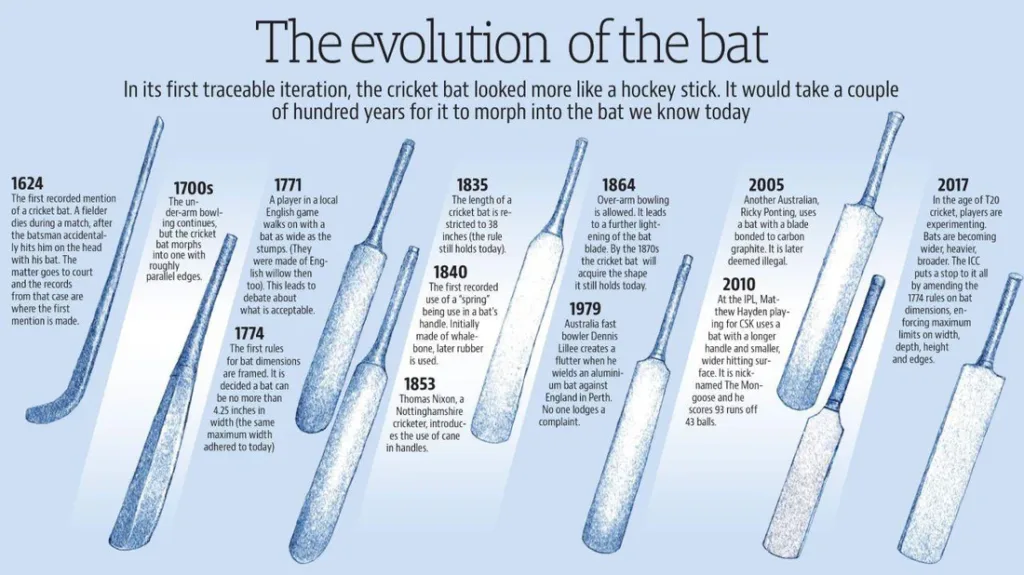
Cricket has transformed significantly over the years, and one of the most notable changes is the evolution of modern cricket bats. The introduction of thicker blades, massive edges, and improved balance has redefined power hitting. Players can now clear the boundaries with ease, thanks to advancements in bat technology. In this blog, we will explore how cricket bat have changed over time, comparing their thickness, edges, and materials to earlier versions.
If you are looking for the right bat, read more about cricket bats before choosing the bats. Vinox Sports can provide a custom-made bat with cricket kit and much more.
How Modern Cricket Bats Have Evolved Over Time
The Thickness of Cricket Bats: Then vs. Now
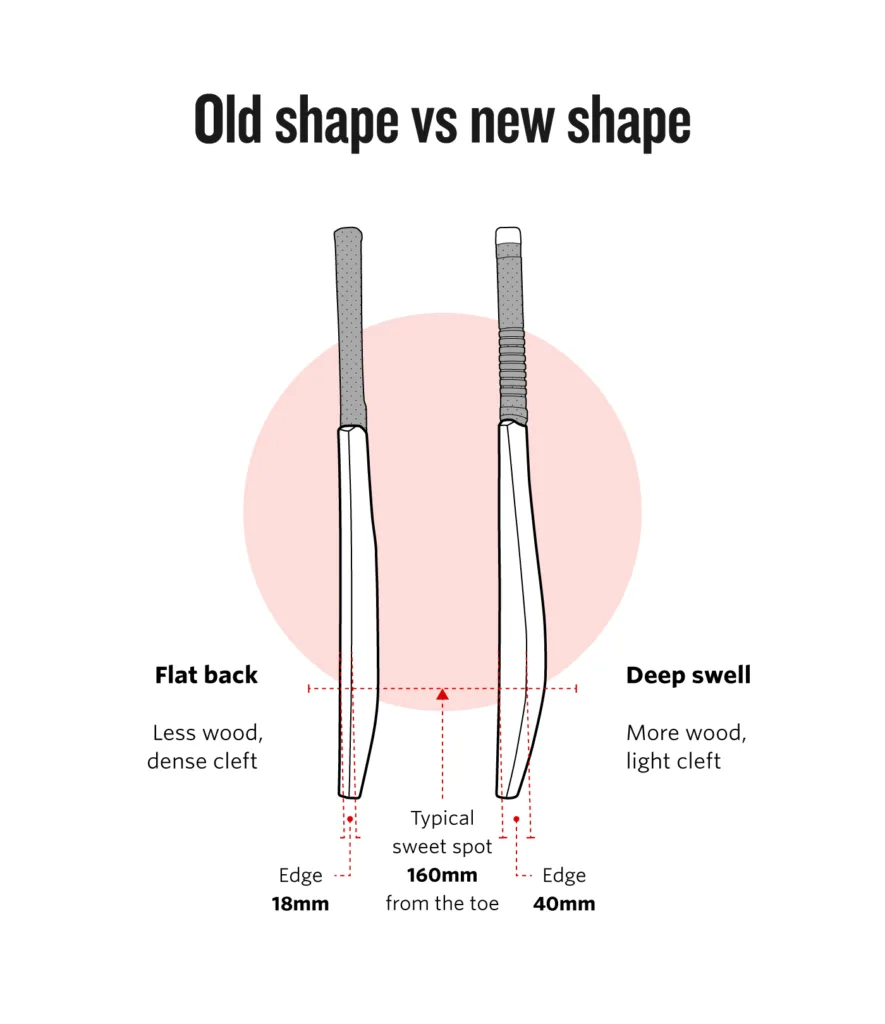
Cricket bats have undergone a significant transformation in thickness over the years.
Traditional Cricket Bats:
Older bats were much thinner compared to today’s versions.
They had a curved profile but lacked the substantial bulk of modern-day bats.
The blade was lighter, making it easier for players to maneuver but harder to generate raw power.
Modern Cricket Bats:
The thickness of the blade has increased significantly.
Many modern bats now have a spine running through the back, adding to the power.
Players can generate immense force without compromising control.
The Edges of Cricket Bats: A Game-Changer
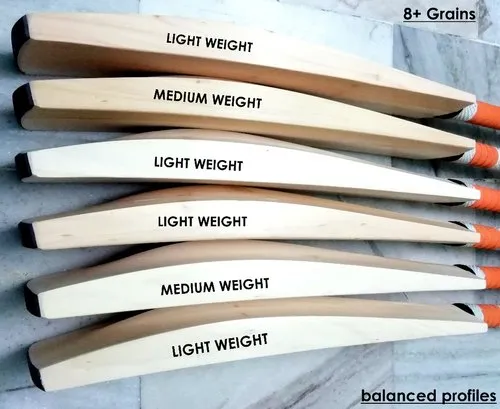
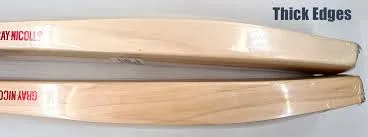
Another crucial development in cricket bat is the thickened edges.
Edges of Old Cricket Bats:
Traditionally, bat edges were very slim, around 15-20 mm.
Mistimed shots often resulted in catches rather than boundaries.
Edges of Modern Cricket Bats:
Today’s bats feature edges up to 40-45 mm thick.
Even a slight mis-hit can travel for a four or a six due to the additional wood on the edges.
Thick edges contribute to power hitting, ensuring that even outside-the-middle shots travel great distances.
The Sweet Spot: Then vs. Now
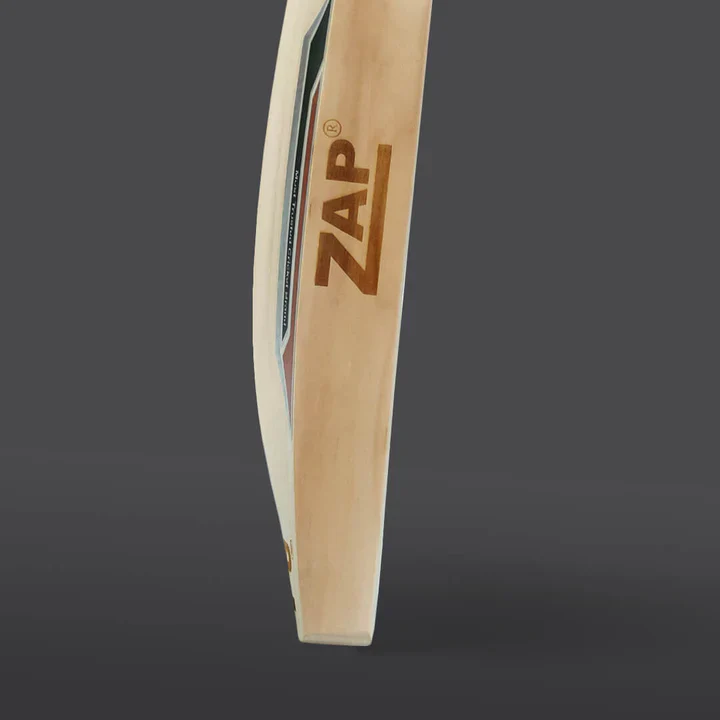
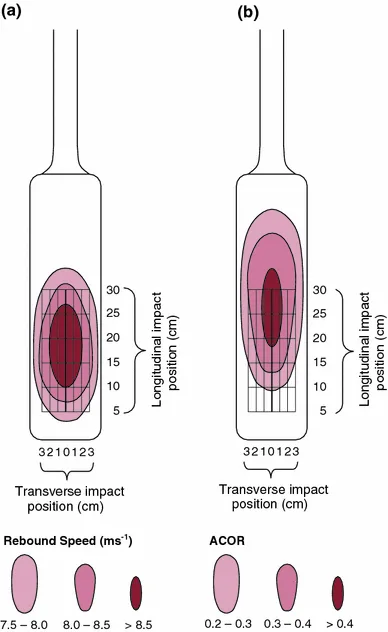
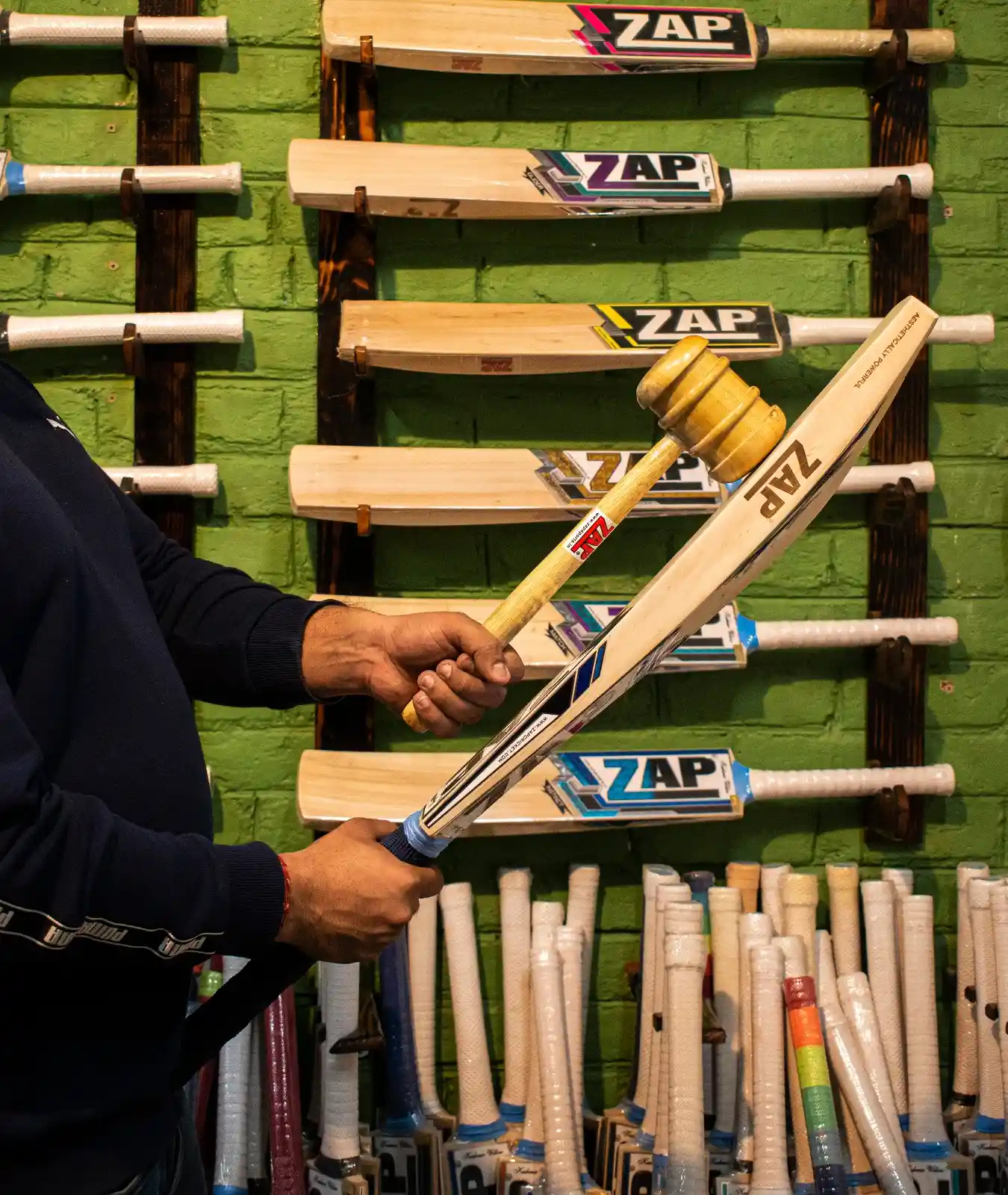
In the past, bats had a much smaller sweet spot, requiring perfect timing for a powerful shot. However, cricket bat have significantly larger sweet spots, allowing batsmen to generate immense power even if they don’t strike the ball from the center.
Older Bats: The sweet spot was smaller and located closer to the middle.
Modern Cricket Bats: The sweet spot is much larger, covering a significant portion of the bat’s face.
Materials Used in Bat Manufacturing
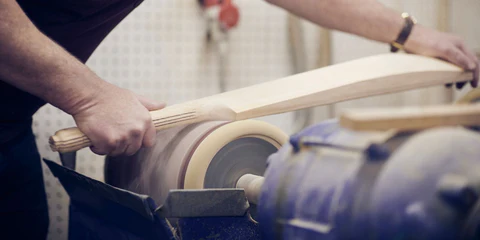
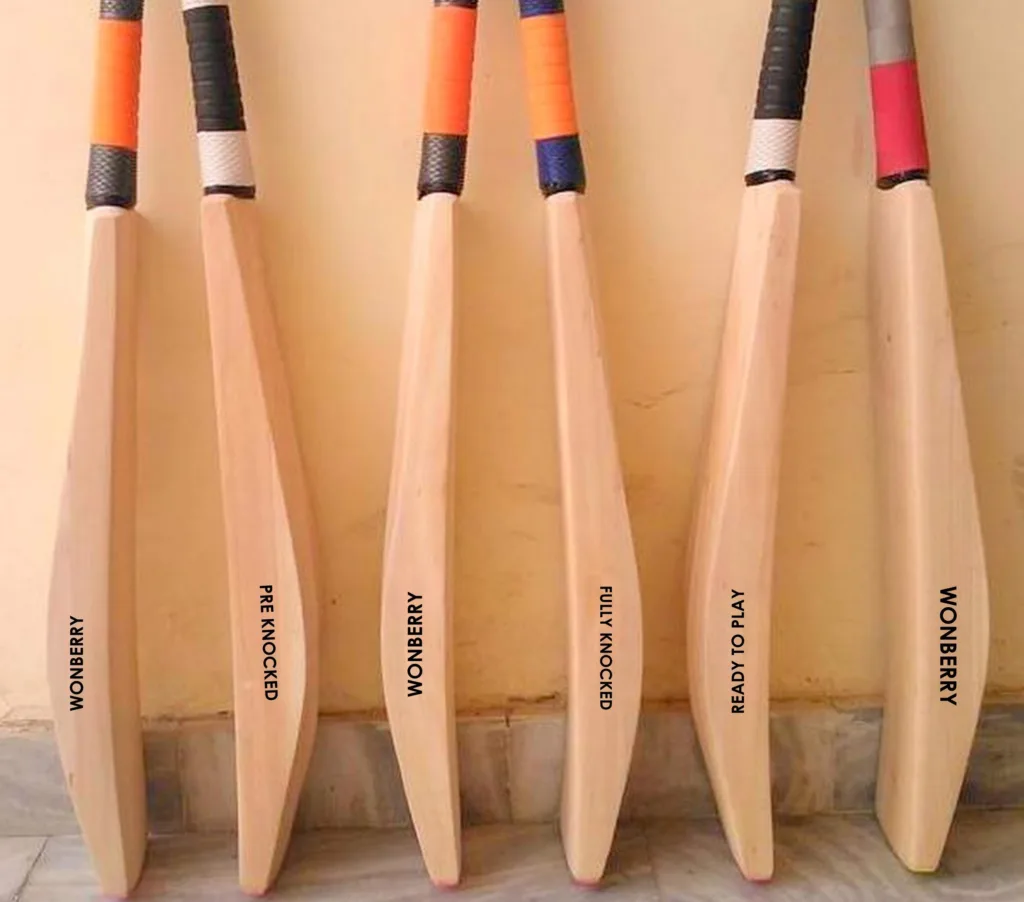
The composition of cricket bats has also seen significant improvements.
Traditional Bats:
Made primarily from English willow with minimal modifications.
Simple pressing techniques resulted in a softer bat surface.
Modern Cricket Bats:
Still primarily made of English willow but undergo extensive pressing to harden the surface.
Some brands use innovative technology to enhance durability and performance.
Batmakers use concaving techniques to reduce weight while maintaining power.
Bat Weight and Balance

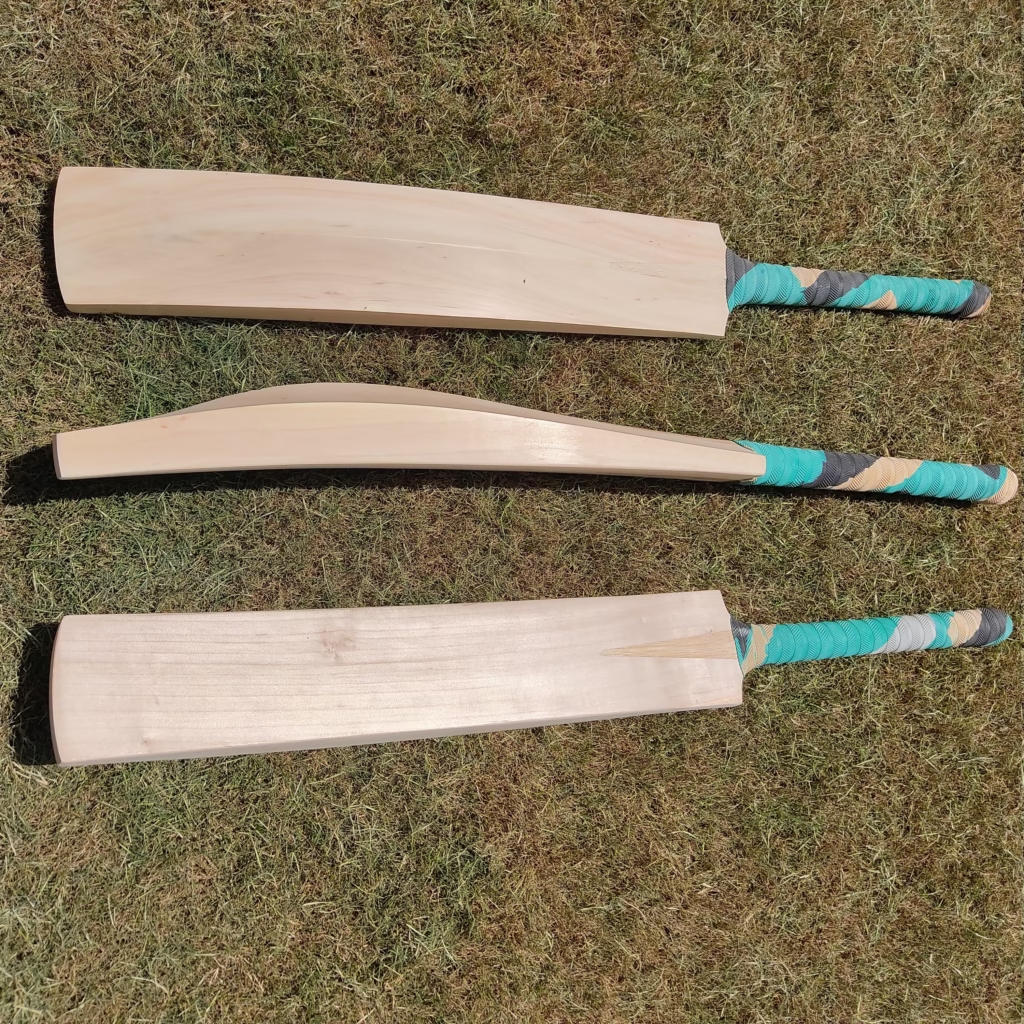
Older bats were heavier and less aerodynamically designed, requiring great physical strength to generate power. cricket bat, however, are perfectly balanced, allowing players to have more control while still enabling effortless power hitting.
Past Era Bats: Heavier and required more effort to generate powerful shots.
Present-Day Bats: Light pickup with a heavyweight feel in execution, enabling effortless power hitting.
The Role of Modern Cricket Bats in Power Hitting
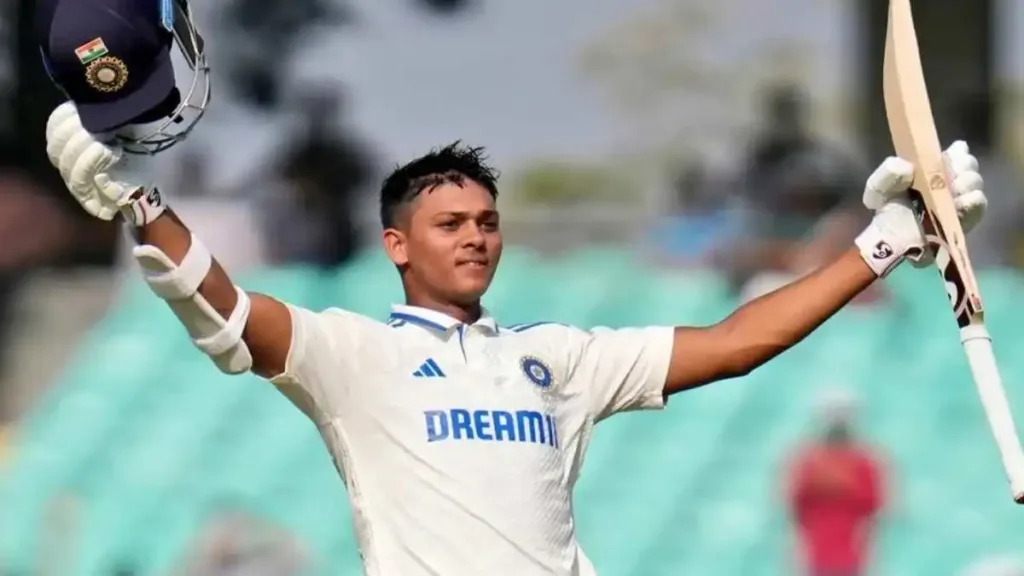
The rise of T20 cricket and the demand for aggressive stroke play have influenced bat manufacturers to enhance their designs. Modern cricket bats cater to power hitters by maximizing energy transfer from bat to ball. The inclusion of thicker profiles, bigger edges, and high-quality willow contributes to explosive shots.
Benefits of Modern Cricket Bats for Power Hitters
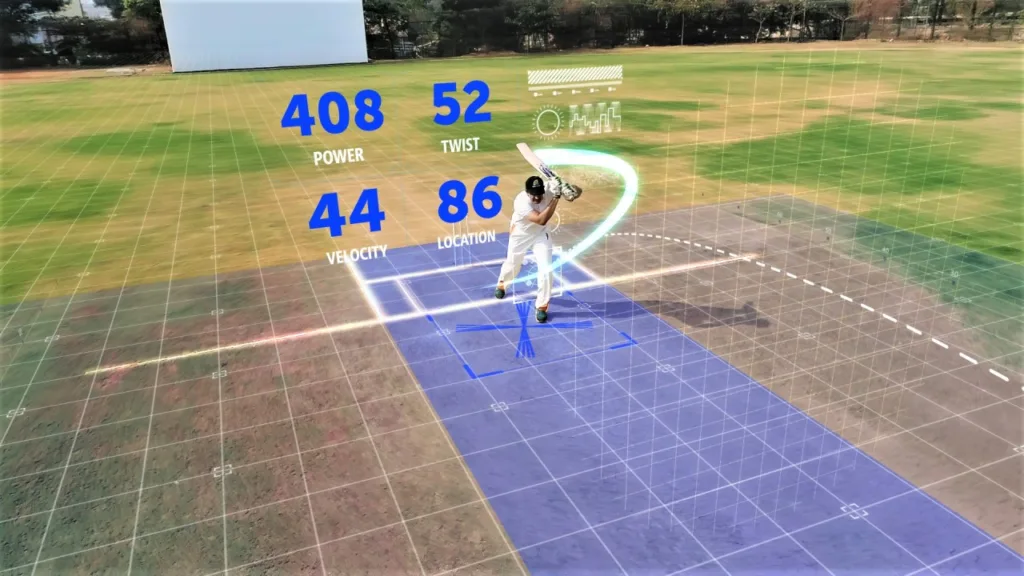
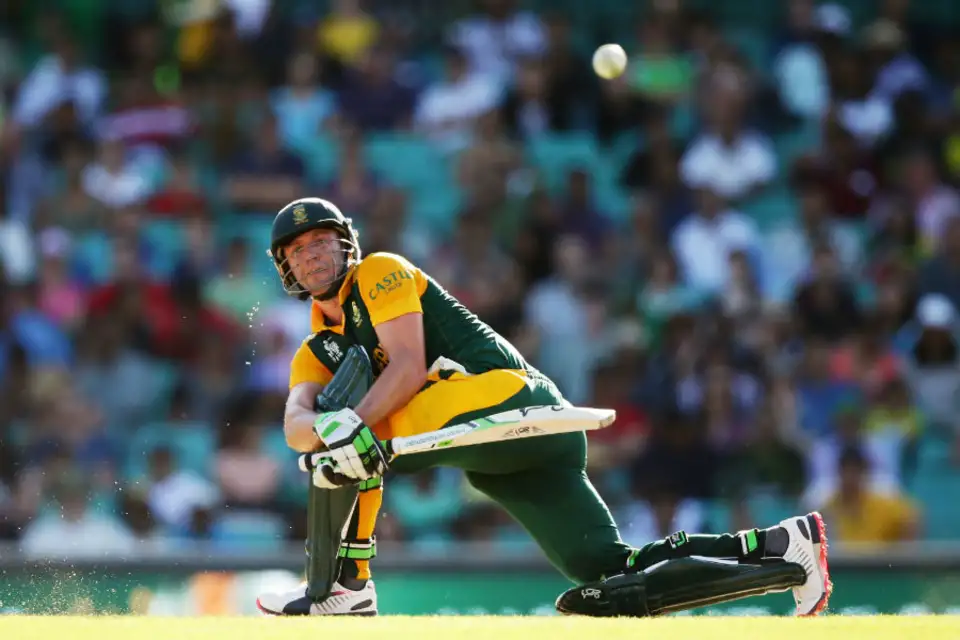
More Sixes and Boundaries: Players can easily clear the ropes with minimal effort.
Enhanced Bat Speed: Lighter pickups allow for faster bat swings.
More Forgiveness on Mistimed Shots: Even off-center hits travel significant distances.
Modern Cricket Bats and Iconic Power Hitters
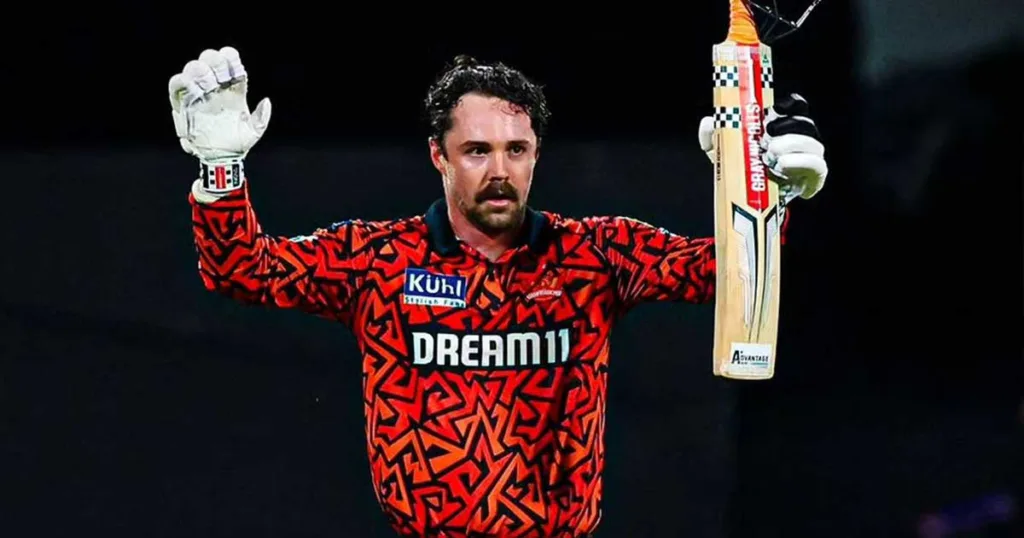

Many of the world’s top batsmen rely on these advanced bats to dominate bowlers. Players like Chris Gayle, David Warner, and Rohit Sharma have all utilized cricket bat to unleash powerful strokes. The thick profiles and massive edges allow them to play fearless cricket.
Conclusion: The Future of Cricket Bats
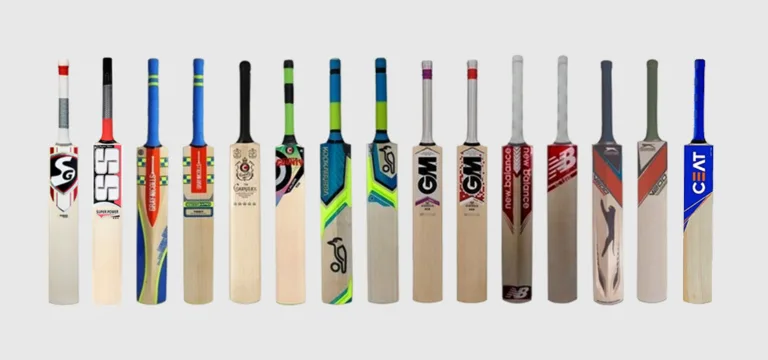
The evolution of modern cricket bats has drastically changed the game, making it more exciting for players and fans alike. With ongoing innovations in bat-making technology, we can expect even more powerful designs in the future. The combination of thick blades, massive edges, and enhanced sweet spots ensures that cricket will continue to witness spectacular sixes and boundaries.
As the sport continues to evolve, bat manufacturers will keep pushing the limits, ensuring that cricket bat remain an essential tool for power hitters across all formats.

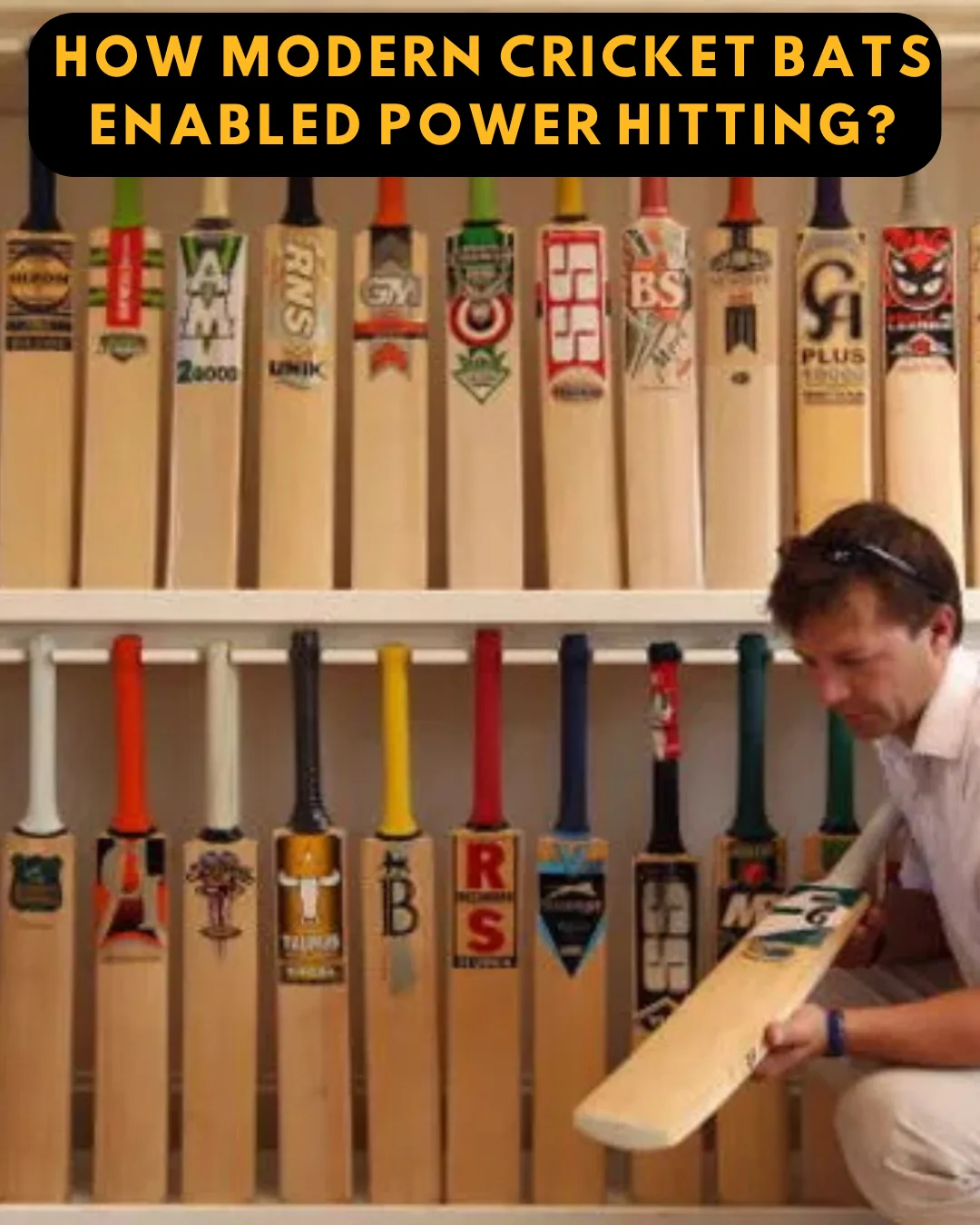
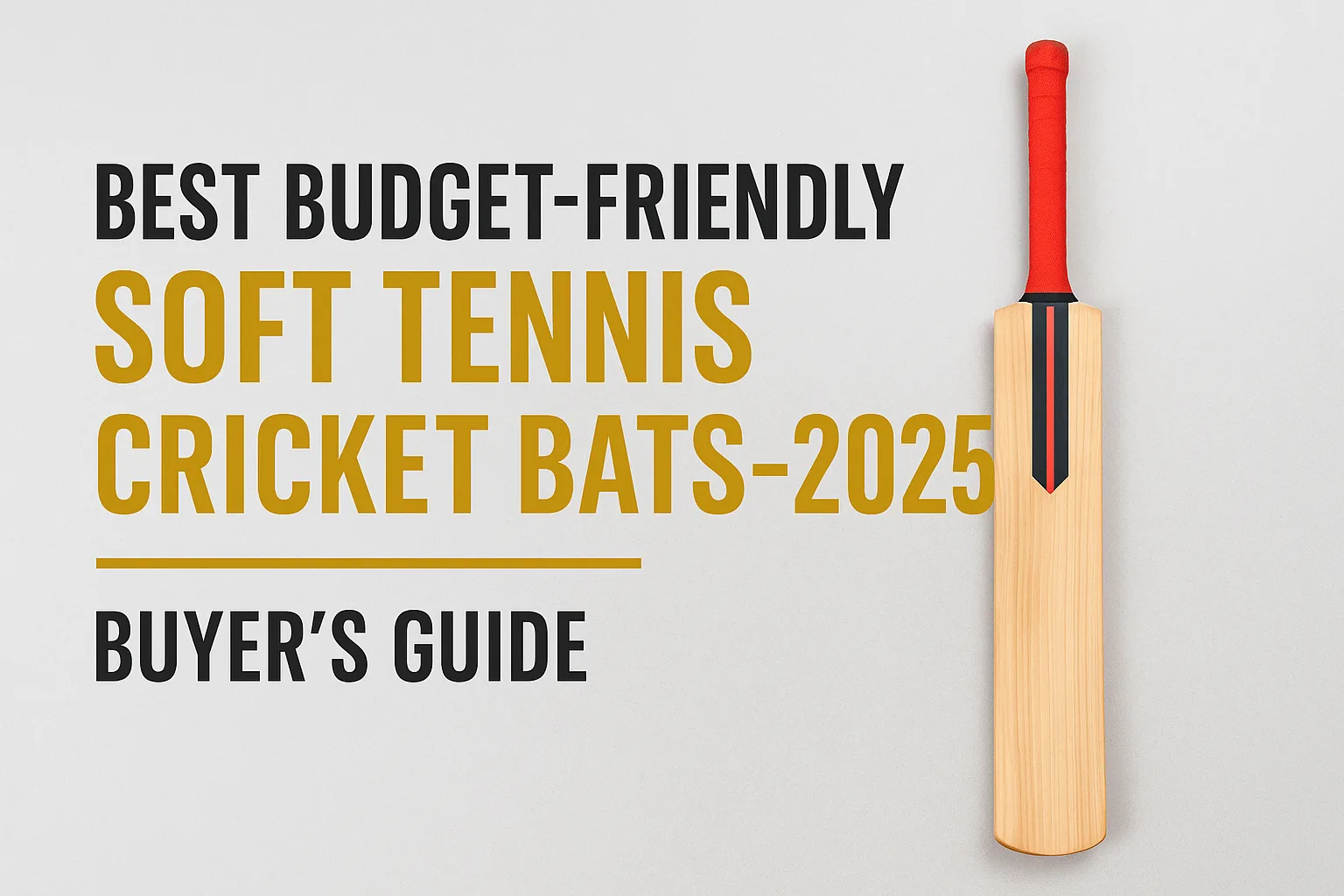
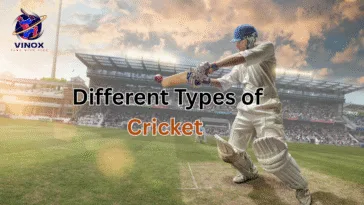
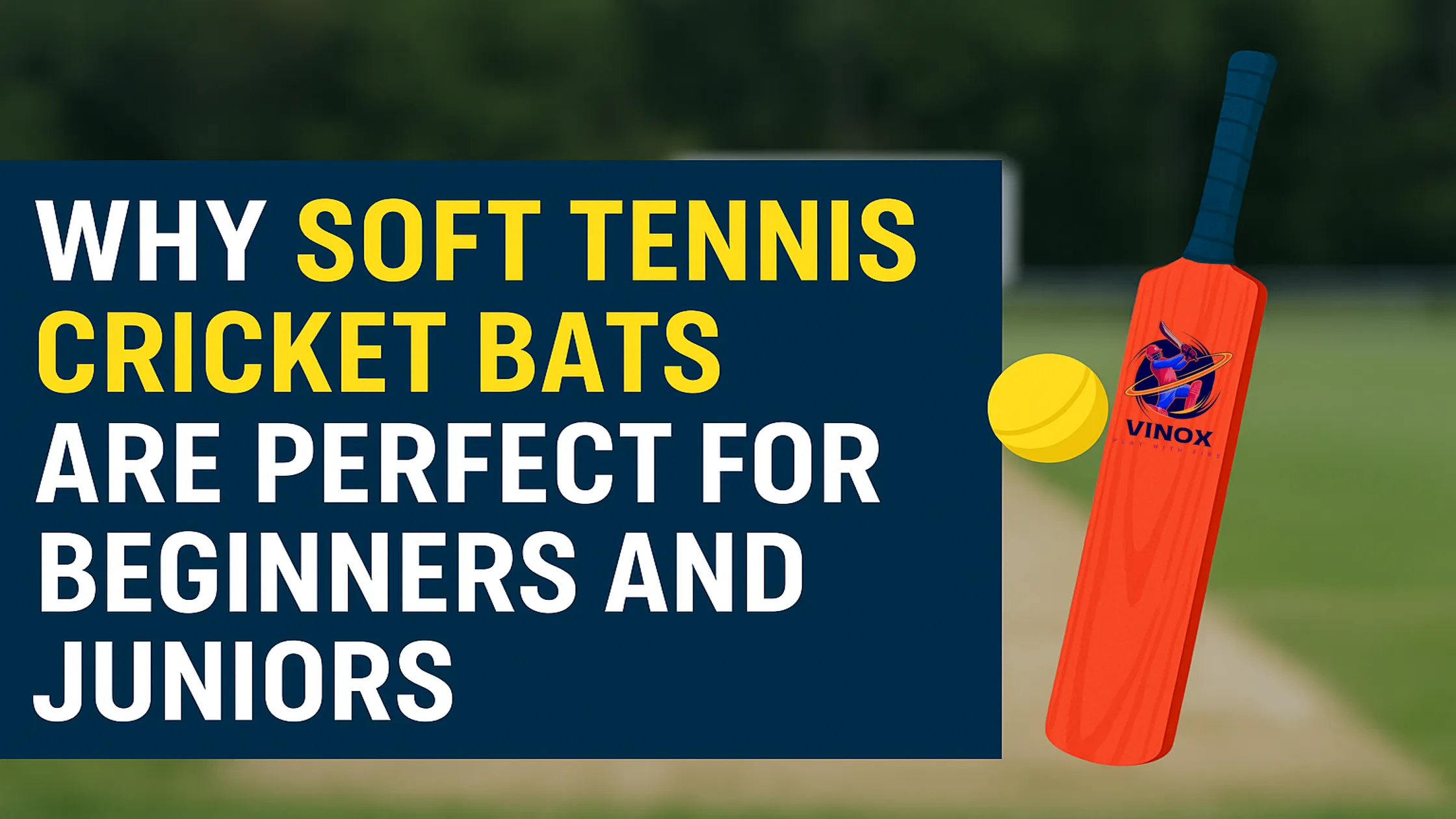
 No products in the cart.
No products in the cart.